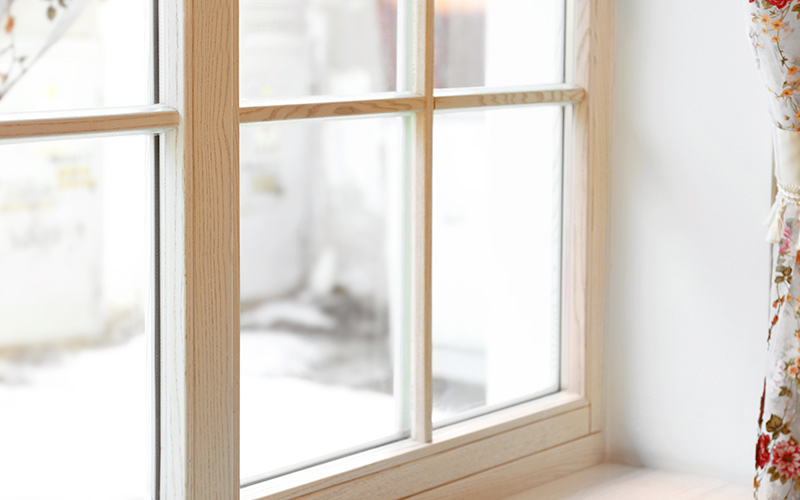Windows are one of the basic necessities of a home. They brighten our rooms, feed us fresh air, keep out the rain, and when matched to the style of the architecture, greatly enhance a house’s appearance, inside and out.
When installing timber windows, it is of the utmost importance, that the external plaster does not encapsulate the base of the window frame, as water will get in between the wood and the plaster, due to the different expansion coefficients of timber and plaster. This trapped water will be unable to escape, because of the DPC, and will cause the timber to ultimately rot.
Is It Time For New Windows?
Start shopping for replacements when the following problems crop up:
Extensive Rot
Small pockets of decay can be scraped out and filled, but if the sill and jambs are severely compromised, there’s no saving them.
Fogged Glass
When the perimeter seal on a double-glazed window fails, the condensation that collects between the panes of glass spoils the view and reduces energy efficiency. The window needs a new sash, at the least, if not an entire replacement.
Poor Function
Is a sash hard to open or will it not stay open? Those old windows from the weight-and-pulley era are easy to fix, but sashes with tubular-balance hardware from the 1950s, ’60s, and ’70s may not be worth saving.
Make sure the wooden windows are the right way round.
When installing your windows, please ensure that they are not upside down or inside out. Check that the window frame is installed perfectly level and square, and make sure that the lintels have been propped up for at least two weeks, prior to the frame being installed. Remember that there should be a gap of between 5 & 10 mm between the top of the lintel and the top of the window frame. The lintel must not be resting on the frame.
Glazing Windows
When glazing meranti windows, you must ensure that before you fix the glazing beads back into wooden windows that you have sealed the glazing beads all around, taking particular care to thoroughly seal the end grain where the glazing bead has been mitered. Don’t forget to also seal the rebate on the window or door before fixing the glass. To prevent water from leaking into the house, you must always glaze up against either silicone or putty.
Forcing Windows Closed during construction
When visiting construction sites, we often come across windows that have been forced closed, notwithstanding the fact that there is concrete or plaster in the rebate of the frame or sash. This has the effect of causing the sashes to warp and also causes the handles or stays to loosen. Please ensure that before attempting to close your windows, the inside of the frame and sash are free of any debris which could hinder the smooth operation of the window.

